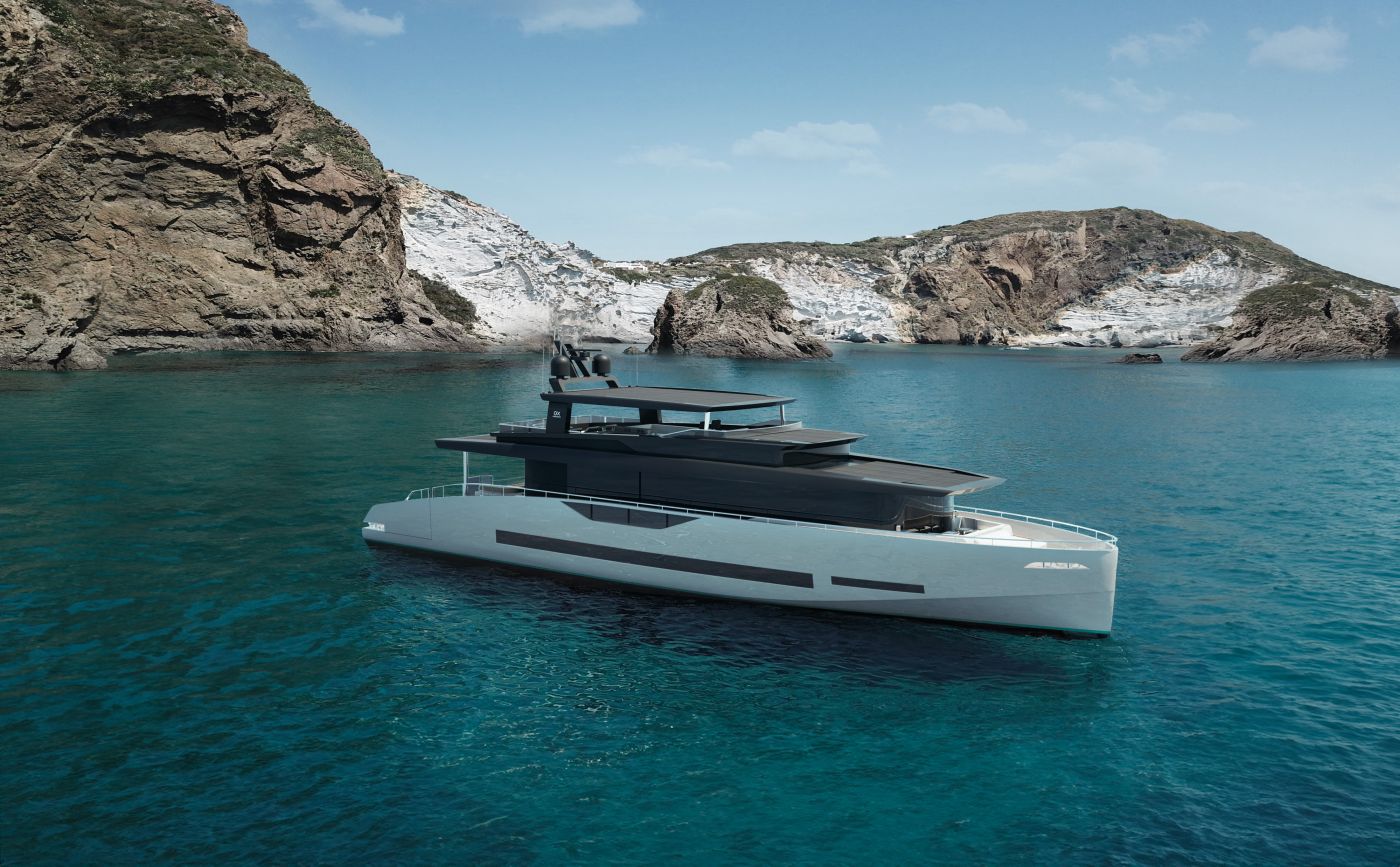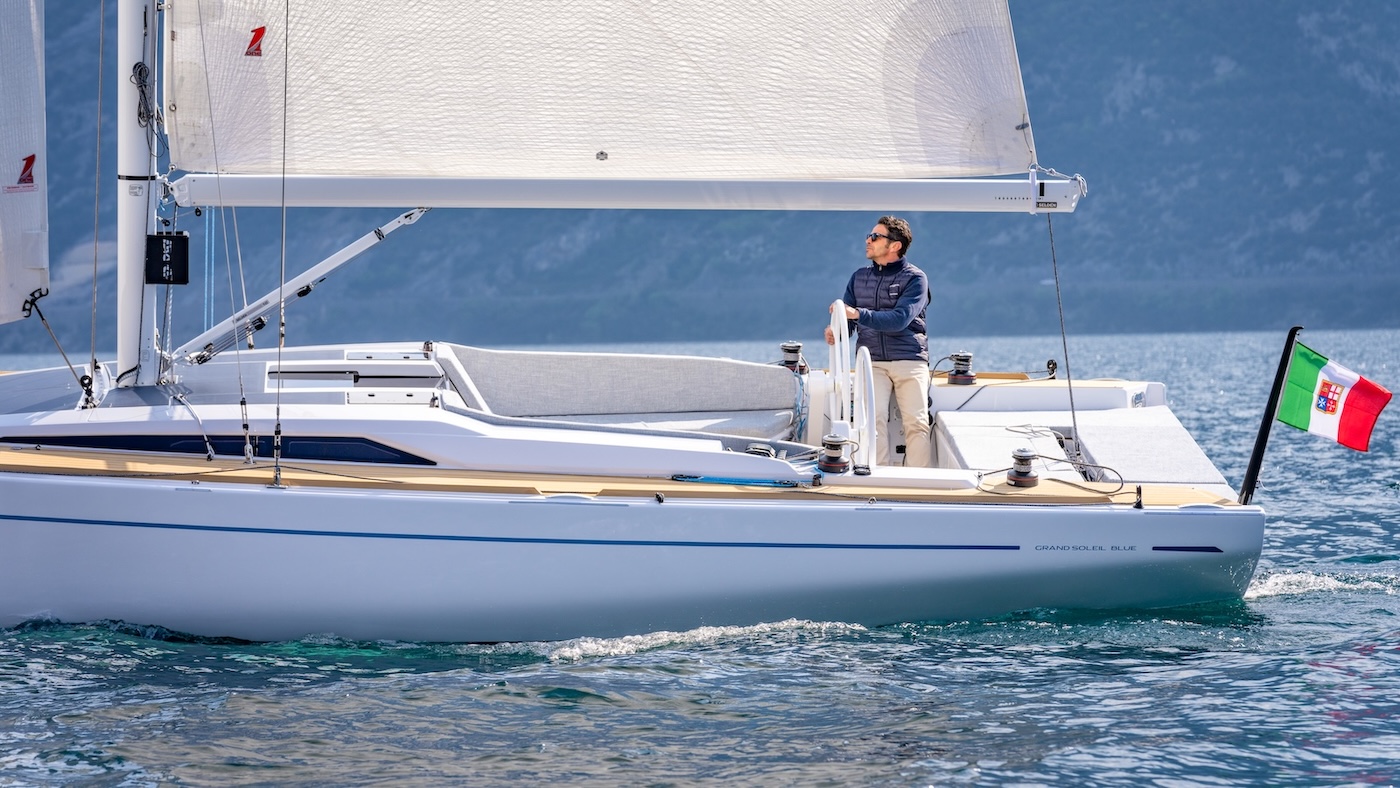Leggi l’articolo in italiano
A serious danger for the windlass is the the force applied by the chain on its axis when it is in traction under wind or pitching pressure.
Unfortunately, many people are used to finish their manoeuvre with a simple check of the anchor grip. From this moment on, we’re cool. But actually, if wind picks up or if a little wave creates pitching, the chain under tension transmits a continuous stress on the windlass axis. It’s a continuous wear which may come to damage the starter and block its mechanism.
The solution is to release the chain tension and transfer it on a rather strong rope.
The market offers many ready-made devices consisting of rope and a right-size hook for the chain links we have on board. But, if we lack them, an eye and a cleat knot are sufficient to solve the problem.
Once the anchoring manoeuvre is finished, we take a rope whose diameter passes through the chain link and we tie an eye.
Then, we fix the cleat rope with a bitt knot by trying to let the rope work as much alligned with the chain as possible.
Now, we can release the chain tension by pushing the down button on the windlass electic control panel.
We recommend to do that every time you spend a long time in a roadstead or in case of wind and pitching.
To free the windlass-saving rope, we’ll do the exact opposite. So, we first give tension to the rope, then we untie the eye and bitt knot.



























